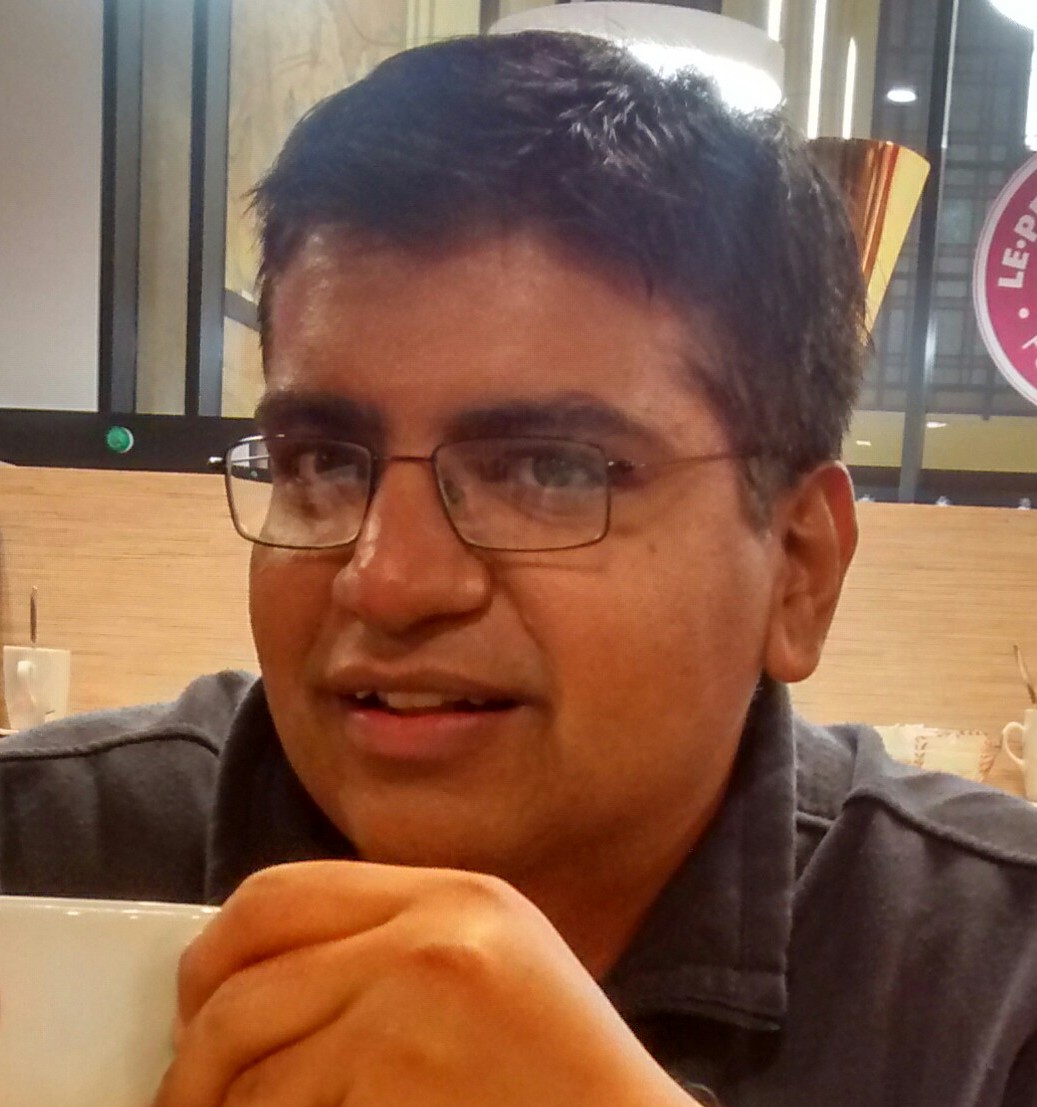Selected Doctoral Projects
Below are the list of the projects, I am associated with during the course of my PhD at EPFL and Idiap Research Institute
Youth@Night: Youth@Night aims to study the nightlife of young adults in Lausanne and Zurich. The project is joint collaboration between three research institutes – Addiction Suisse in Lausanne, Idiap Research Institute in Martigny and the Institute of Human Geography at the University of Zurich. Youth@Night invloves (1) development of a smartphone application which allows participants to report on their alcohol consumption and its context during a night out, in a non-intrusive way; (2) study the role of contextual factors on alcohol consumption; and (3) study the role of urban structure and mobility on consumption habits at an individual and collective level. Project Page
SenseCityVity: SenseCityVity is a Switzerland-Mexico collaborative project which aims to engage citizens as factors of social change, through the use of mobile tech tools to improve the understanding of socio-urban problems in communities and cities. Project Page || Press
Mirror: Mirror is an initiative between Idiap Research Institute and Afrotech at EPFL that aims at tapping into the potential of mobile crowdsourcing, social media, and mobile phone data to contribute to the understanding of urban issues in African cities. Our work spans social media data mining, mobile data visualization, and mobile applications. Project Page || EPFL Press
Selected Pre-doctoral Projects
Below are some of the projects, I was involved with before starting my doctral studies:
CoensoSense: I spent the summer of 2011 at ETH’s Wearable Computing Lab, working towards designing a platform backend for large scale urban sensing, called CoenoSense (now called CrowdView). My goal was to architect and implement a middleware to handle (receive, store and process) the real-time streaming of sensor data from over 10,000 concurrent mobile devices. For CoenoSense, the web tier was implemented using Python-based Tornado framework and the data storage was handled using MongoDB, with all the infrastucture deployed on Amazon AWS. CoenoSense was designed to infer, monitor and visualize crowd mobility at large public events as an alternative to traditional video-based systems. CoenoSense has since been successfully deployed and tested live at Vienna City Marathon 2012, West End Live 2012, Lord Mayor’s Show 2011 and Notte Bianca 2011.
LIVE Singapore!: In the year 2010 while being a Masters student at ETH (Zurich), I conducted my Master thesis at MIT’s Senseable City Lab with a broad aim to explore the role of ICT in shaping the urban policy and planning decisions of cities, with Singapore as our experimental test bed. The objective of my thesis was to make sense of the operational data gathered from various visible, and often invisible, urban infrastructure and how these rich data streams can influence and transform urban design of the future. As part of the core team at MIT, we developed an open and scalable participatory platform, called LIVE Singapore!, to collect, analyse, visualize and disseminate a large and growing number of real-time data streams originating within the city. The platform is designed keeping in mind the scalability, accessibility, variety and frequency of data streams ranging from 400-500 messages/second (from Singapore’s largest telecom operator) to 20 messages/second (from Singapore’s public transit operators). The core platform was written in Java with ZeroMQ as the messaging layer, and all the visualizations were implemented on top of Java-based Processing API. Project Page
Kuala: During 2007-2009, I lead an open-source software project called Kuala, working with Jason Woodard. Kuala aims to develop tools for building modular agent-based models and running large computational experiments. Kuala provides lightweight “plug and play” architecture to separate the simulation environment from the underlying representation of the model. This affords flexibility to observe and control the model without modifying its domain objects, making it easier to plan and execute complex batch experiments. We have designed Kuala to serve as a platform for sharing, replicating and extending simulation models in a consistent and transparent way. Kuala was written in Java with Spring and Hibernate as the application and persistence framework respectively; and the build process and dependency management was automated using Apache Maven.
